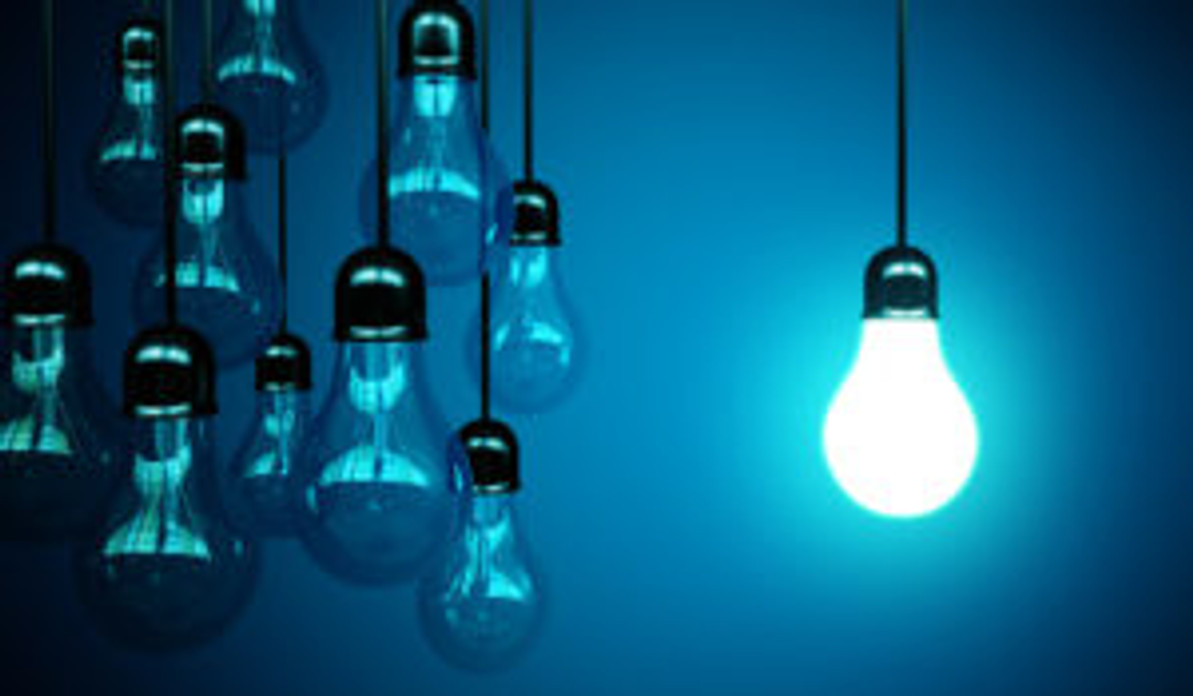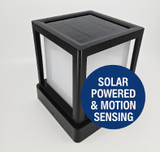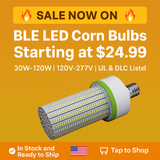A Different Light: A Flash of History Leading to Induction Lighting
With energy efficient light becoming a growing market, you might be curious about various options out there. One option in particular has a fascinating history, and is being called an "old new technology": induction lighting.
Most early lightbulbs relied on heat filaments or electrodes to produce light. Induction lighting is revolutionary in comparison, lasting many times longer than, say, fluorescent lamps. How? Induction lighting occurs by transmitting energy through electromagnetic fields to stimulate gas atoms inside a glass tube, causing them to release a light-producing photon. The lack of filaments to burn out means they can last up to 100,000 hours.
Who came up with this in the first place, you might ask?
Nikola Tesla, the "Father of the Induction Light", and many other inventions.
As far back as the 1890s when Edison was still tinkering with the incandescent light bulb, Tesla was studying how alternating currents (AC) behave at high frequencies. He created induction lighting quite by accident. Originally, illuminating the glass tube was just a visual cue Tesla created to demonstrate how AC power could be moved wirelessly through the tube.
This accidental creation is one of the most fascinating things about the scientific record of Tesla. He conducted and recorded many, many experiments on energy movement and behavior without meaning to actually invent much. His experiments stemmed from a genuine and passionate scientific curiosity.
That being said, he did also set out to create some specific inventions. The actual number is unclear, but it's estimated that Tesla had around 300 patents in his name. Unfortunately, Tesla passed away fairly penniless and mentally unwell (he was in love with a local pigeon, for example), yet his scientific legacy lives in our daily lives. WiFi, lasers, robots, and radio are all here today either directly through Tesla's inventions or his research.
Manufacturers such as Phillips caught on to induction lighting methods about a hundred years later, and Phillips built the first induction lamp for mass consumption around 1990. In the next couple decades, the wattage and compactness of induction lighting has gradually greatly improved. Today, induction lights are some of the most energy efficient on the market.
The magic of improving lighting technology can perhaps best be summed up by Tesla himself: "Phenomena upon which we used to look as wonders baffling explanation, we now see in a different light."
Recent Posts
-
How Long Will Solar Powered Lighting Operate in the Rain?
How Solar Light Fixtures Can Run for 10 Rainy Days If you’ve ever wondered how a Commercial solar li …Jul 30th 2025 -
Spotlight - The IL-SPG54 Smart Solar Walkway Light: Where Performance Meets Simplicity
Introducing the IL-SPG54 Smart Solar Walkway Light: Where Performance Meets Simplicity When it comes …Jun 16th 2025 -
Corn Bulb Sale - While supplies last!
⚡ Limited Time Sale – BLE Series Corn Lamps Starting at $24.99! Stock up now while supplies last – p …Jun 11th 2025






